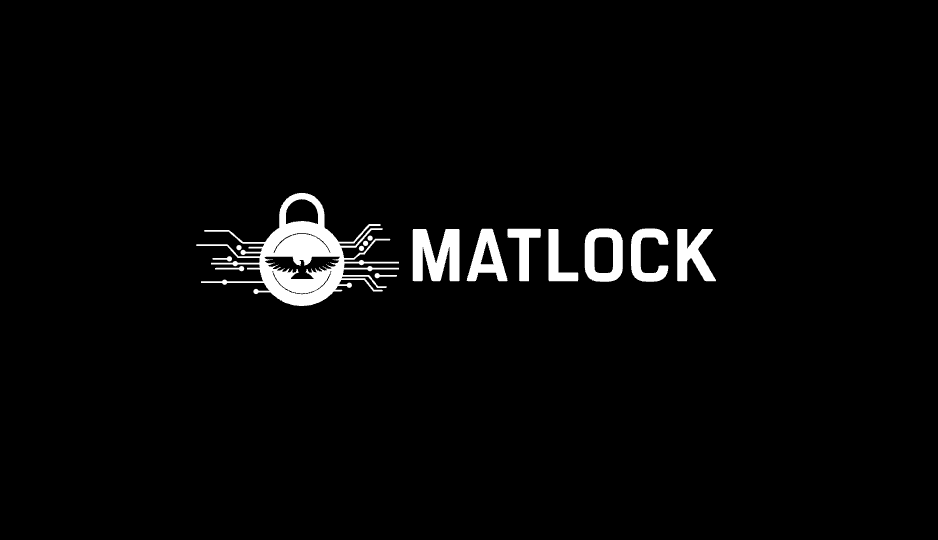
The first successful human spaceflights took place in 1961. The first mobile phone call was placed in 1973, from a cell that weighed more than two pounds. Smallpox was declared eradicated in 1980. Each of these scientific milestones have been achieved within the last 60 years—and innovation shows no sign of slowing down. That’s why education and interesting American youth in continuing this trajectory are vital. STEM education is a critical piece of this schooling—one that empowers us to make the world a better place.
What is STEM?
STEM stands for science, technology, engineering and math. In the increasingly complex world, these topics decide which companies—and even countries—will lead innovation. Supporters of expanding STEM education often recommend beginning engineering-type courses early during each student’s education path. STEM education paves the way for careers in computer programming, financial analysis, engineering, information security analytics, software development and more. The US Bureau of Labor Statistics predicts that STEM career opportunities will grow to more than 9 million between 2012 and 2022.
Why STEM?
Today’s youth are more aware of the world around them and are dedicated to making a positive difference. Merging STEM education with humanitarian efforts allows students with technical skills to become involved with meaningful work. STEM skills are ones often called upon during humanitarian missions. For example, at Matlock & Associates, we often work with host nations and donor states to undertake reconstruction and new construction of key infrastructure and economic support industries for nations at conflict—or ones in an unstable economic and political environment. These projects may include sectors like agribusiness, energy efficiency, financial institutions, manufacturing, municipal infrastructure, natural resources, power and energy, property, telecommunications and transportation.
These projects require a complex interaction of STEM skills and professionals, from the engineering it takes to build a new structure, to the scientists who analyze a location’s natural resources and how to use those resources effectively. Coders work to create technology that make these projects possible—for example, applications that make communication efficient, progress management software and more. From the environmental professionals who evaluate agricultural systems to maximize the success of agrarian activities, to healthcare professionals helping improve medicine, economic and infrastructural development has its roots in STEM.
STEM Makes a Difference
All of these reasons prove why we support STEM education. We believe in making the world a better place, and we know STEM represents an enormous component of being able to facilitate this change. Through STEM initiatives and working together, we can help foster sustainable development. We can improve critical life support services in developing countries. And working to facilitate such positive change? That’s not a desire we’re going to stem.